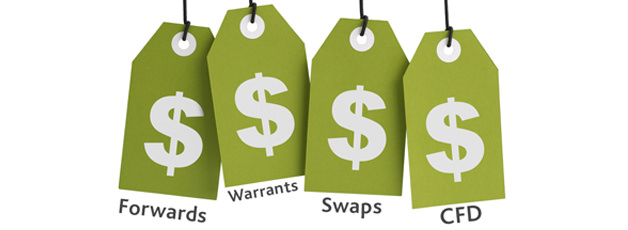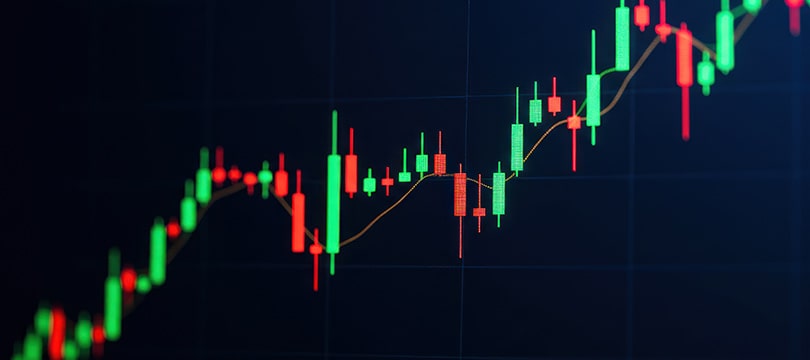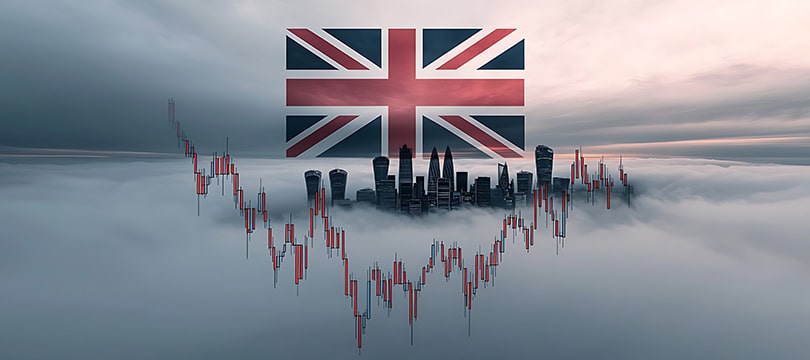Discover the Forex Swap: Understanding the Essentials

Forex Swaps represent one of the best financial innovations of recent decades, originating around the 1980s with a market that has grown to be worth 2,000 billion dollars in a single year. Along with the growth of its value, interest in it has also grown in parallel.
The most famous is the currency swap, also known as Currency Swap: it consists of the purchase of forecasts of monetary flows, which are calculated on equal quantities of amounts but in different currencies. Once the term of the contract is signed, which specifies the exchange rate between the two currencies, upon its expiration the two parties to the contract will have to pay the cash flows provided for at the beginning. This type of derivative is traded on the so-called Over The Counter (OTC) markets, meaning it is not subject to the typical rules of other exchange markets, such as the bond market.
These Swaps can have two types of contracts on the Forex market. The first is the Cross-Currency Swap. This agreement consists of a contract in which the two parties decide which monetary flows to exchange, in different currencies and calculated on equal bases (sometimes they can also be calculated with different values, if provided for).
The second is the Interest Rate Swap, which differs from the first by having the same calculation currency in common, but with different calculation bases for the two flows to be exchanged. In reality, this exchange system originated in the 1970s, with the offer of parallel guarantee financing. Until 1971, exchange rates were set stably in relation to the dollar, which was in turn linked to the value of gold (Gold Exchange Standard). The economic crisis has led international authorities to abandon this system, instead preferring the liberalization of exchange rates and, above all, of capital flows, which prevented companies from investing their resources in other countries. In this way, companies can invest in subsidiaries abroad, without any limitation on the amount of currency to be moved.
The system works thanks to the equal circulation capacity of money between countries, as happened in the second half of the 1970s with the elimination of capital controls on the main international currencies. The benefits for companies were incredible, because they offered not only the opportunity to operate in markets and contexts outside their own country, but also the opportunity to find new financing for local companies in difficulty.
However, there was still a risk for financiers who chose a country to operate in: the double transaction that took place at the time of the investment and at the time of the final repayment. A currency, in fact, could lose value between these two moments, thus determining a loss unrelated to the success or failure of the company. At the beginning of the 1980s, financial operators managed to solve this problem as well, with the creation of the Cross-Currency Swap. This instrument offers greater guarantees to the investor, who in this way does not have to use a loan together with two Cross-Currency Swaps.



